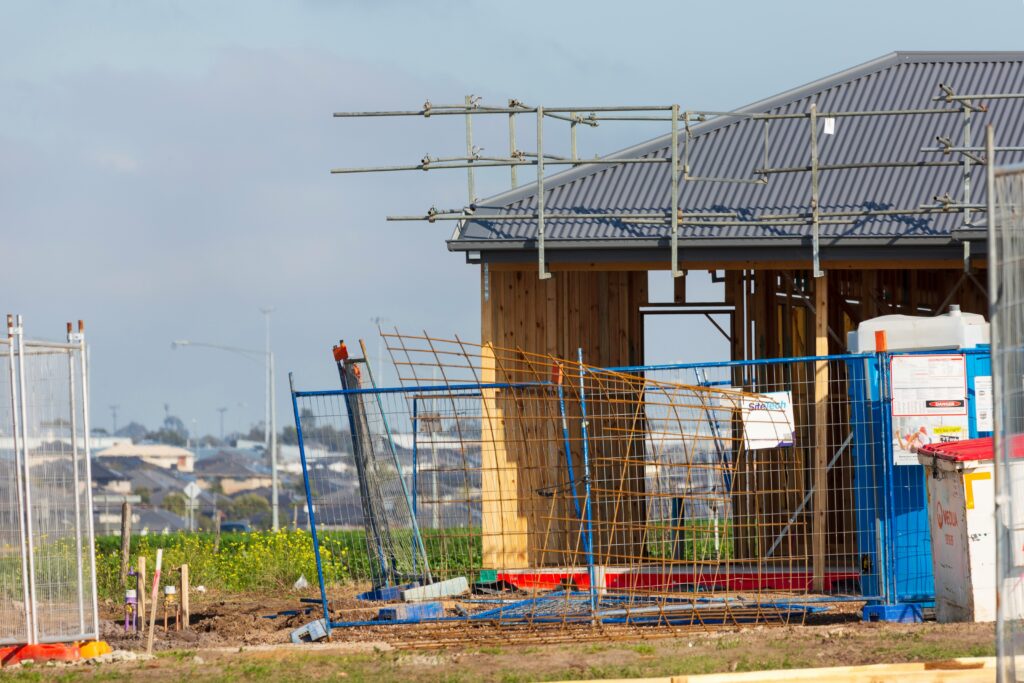Green Housing Solutions in the Philippines

The housing market in the Philippines is inching toward sustainable affordable green housing solutions, with particular emphasis on the planning and design stages, including the development of sustainable design principles and green project financing frameworks – such as the Philippine Green Building Code, Formulation of Philippine Climate Change Action Plan, Leadership in Energy and Environmental Design (LEED), BERDE Green Building Rating Framework, IFC Green Financing Framework, Edge Green bond, Philippine National Urban Development and Housing Framework and UN SHERPA.
Still, one of the key challenges is to adapt these existing green standards to suit both the formal and informal affordable housing markets. The affordable housing value chain is ripe for sustainable, green innovation in the material and transport, construction, and use stages. Gaps in green transition strategies and technology investments will need to be addressed by policy innovations. The end-of-life and reuse stage offers major opportunities for recovery, reuse, and reverse logistics.
Green housing solutions should consider the local cultural identity, respect, and value of heritage and tap into the Bayanihan spirit, preservation of the landscape, and the emotional well-being of the people. It must involve local communities in the development processes particularly to drive broad uptake and acceptance and is an opportunity to address social inclusion, especially for marginalized and vulnerable groups.
Also Read: Green, Healthy, Affordable, and Resilient Housing

Appreciate you sharing, great blog.Much thanks again. Really Great.
Thanks.